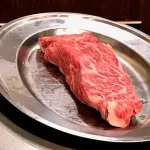Blog
Moroccans love Indians
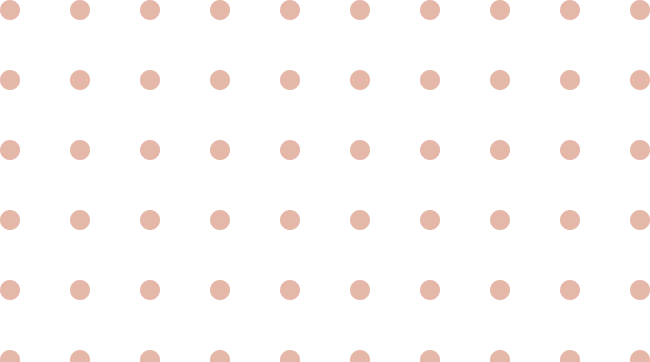
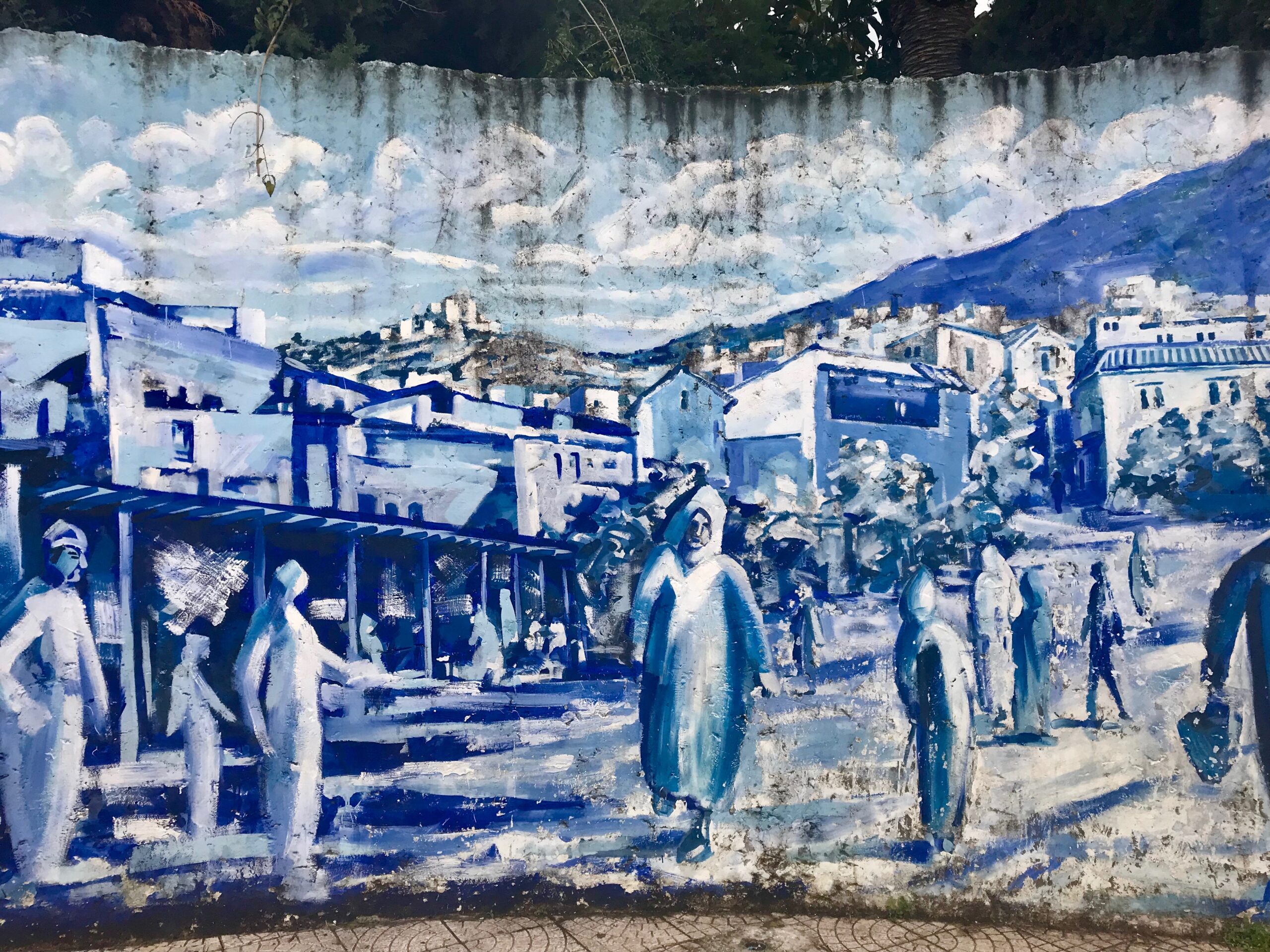
Moroccans love Indians
March 16, 2018
I love walking down the streets of Morocco. No less than five times a day (and I keep count), someone yells out “India?!”, a half-statement, half-question. That is how I met my friend, Chuliko.
Normally, I would be armed and ready with a fiery response. As a kid growing up in an all-white neighborhood, I experienced this type of street calling often. Back then it was out of ridicule, not admiration, and usually followed by some idiot with his hand to mouth mocking what he thought was the sound of a Native American.
When you’re in another country, you constantly have to calibrate your reactions to the culture. It took me a few times to realize they’re not hitting on me, they are just being friendly (or so I choose to believe). I eventually transitioned from replying, “I’m from the U.S., but my parents are from India” to an enthusiastic “Yes!”. The attention feels unfamiliar and, I admit I enjoy it. The response is usually “Welcome!” and a pleasant conversation in broken English, French or Spanish ensues.
I met Chuliko while walking around town in Chefchaouen. He was one of those guys who called out, “India!?” with a smile on his face. Moroccans love Indians – Shahrukh Kahn, Bollywood (insert Indian head nod)…it’s a beautiful culture, he proclaimed. They certainly know a lot more about it than I do. Chuliko is part Andalusian and part Berber. His grandfather owns a restaurant in town. He spends the winters here in Chefchaouen and the summers working in Andalusia, Spain where his parents live. He speaks 7 languages including English, Arabic, French, Spanish and Japanese. We speak mostly in Spanish and English. We clicked immediately and he offered to show me the non-touristy side of Chefchaouen. I happily accepted.

Chefchaouen, meaning “to look at the goat’s horns”, is a small city in the Rif Mountains of northwest Morocco, situated between two peaks resembling the horns of a goat. It is the most culturally fascinating city I’ve visited thus far. If familiar, you will easily appreciate the assimilation of Arabic, French, Portuguese, Andalusian and native Berber cultures.
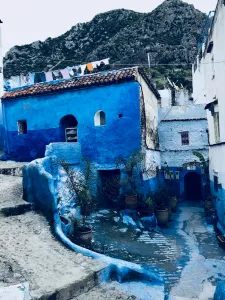
Founded in 1471, Chefchaouen was the perfect place to defend against Portuguese invaders. Its most striking feature is the blue painted walls throughout the old city. Jewish refugees escaping persecution during the Spanish Inquisition painted the walls of the city blue, the color of the sea and the sky symbolizing the presence of God. By the time Morocco gained independence in 1956, most returned to Israel. The blue buildings are repainted every two years to keep their vibrance. Maintaining this tradition in an almost exclusively Muslim community to me represents something hopeful.
According to Chuliko, there are still some Jewish people living in Chefchaouen. I asked about the relationship between Jews and Muslims. There are no issues. We are all one community. We take care of each other, he explains. Wherever I go, this perspective is consistently validated. Most people around the world embrace their neighbors, their similarities and their differences. I wish we heard more of these stories in our daily life. It would certainly paint (pun intended) a much more optimistic view of the world than what we have today.
Discover more from diannajacob.com
Subscribe to get the latest posts sent to your email.
Recent News

About Dianna
May 29, 2024

On Being Single and Child-Free
July 31, 2022
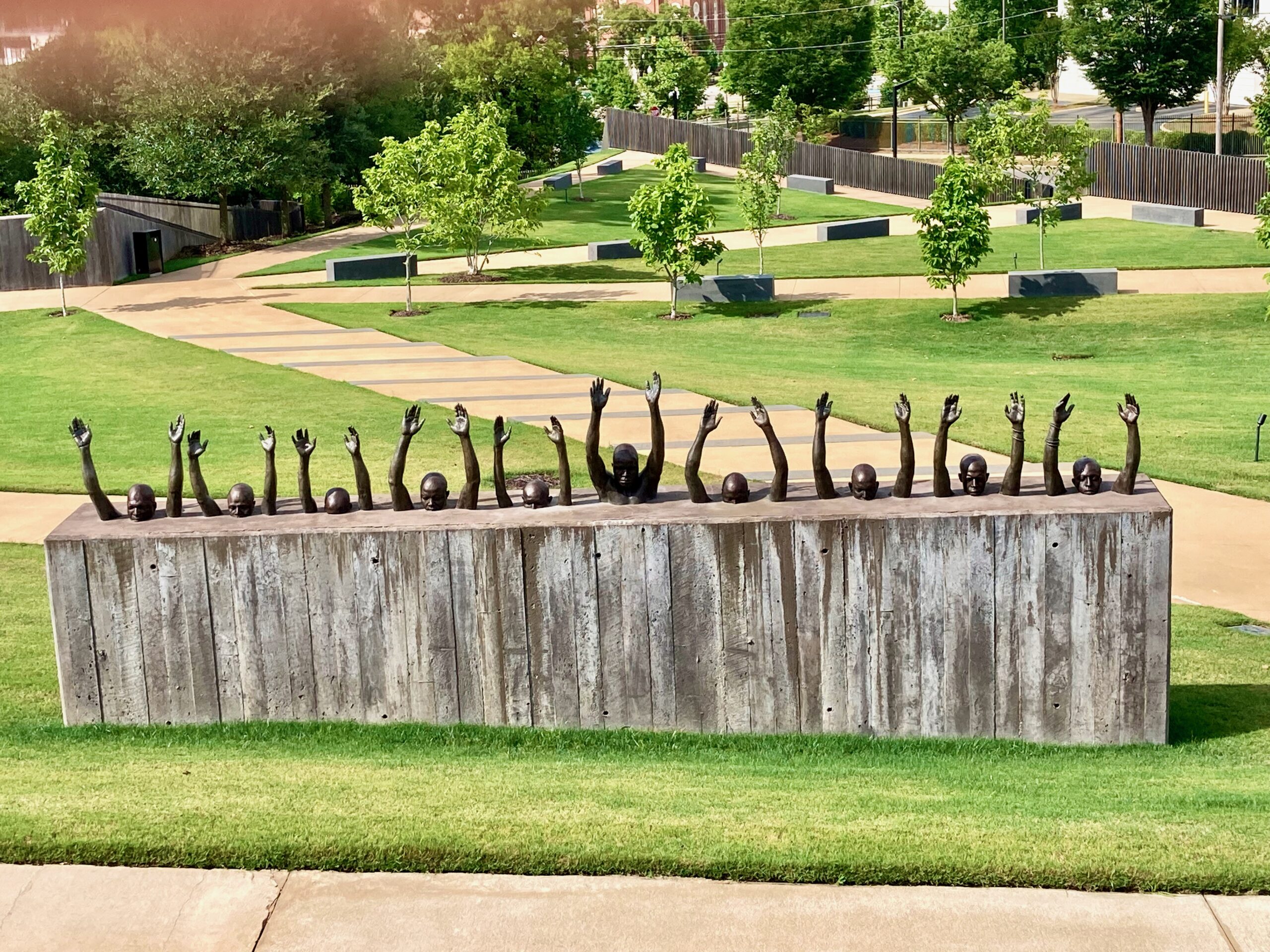
Relearning American History: A Self-Guided Tour of the South
July 7, 2021

Racism: A Global Pandemic
June 8, 2020
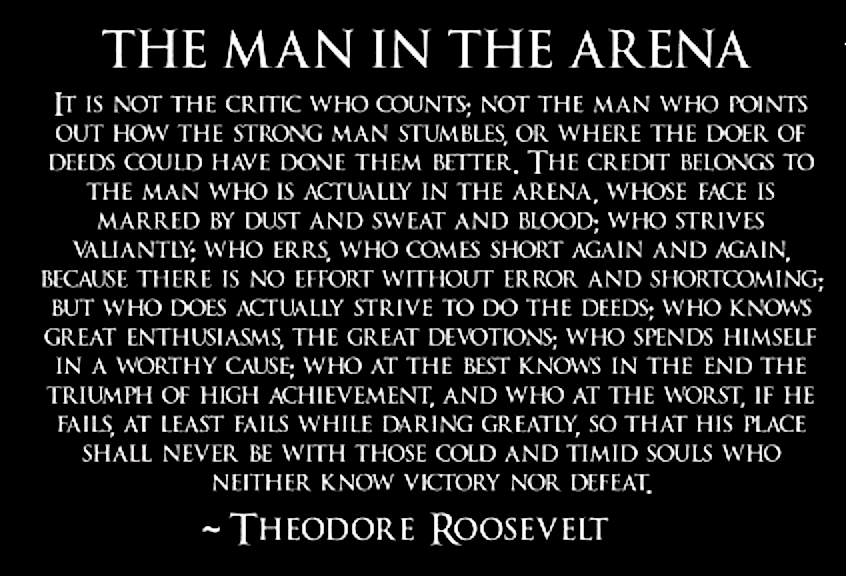
Daring Greatly
August 23, 2019
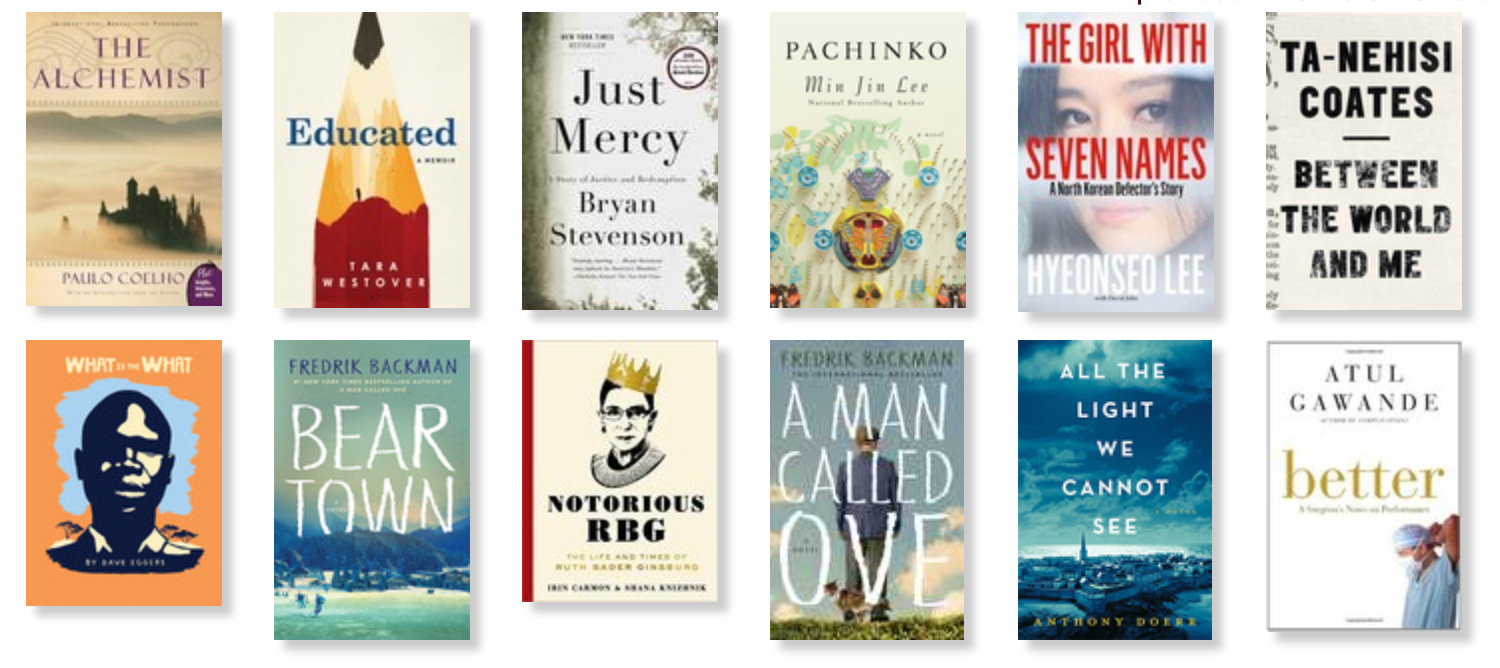
Becoming a Better Me
January 10, 2019
